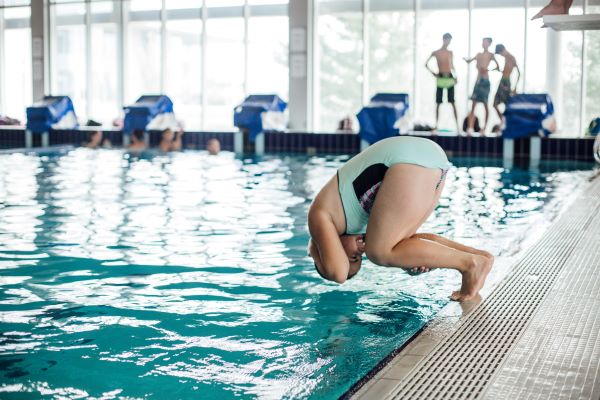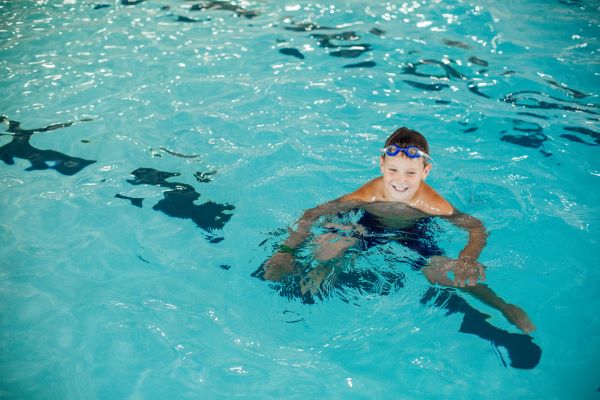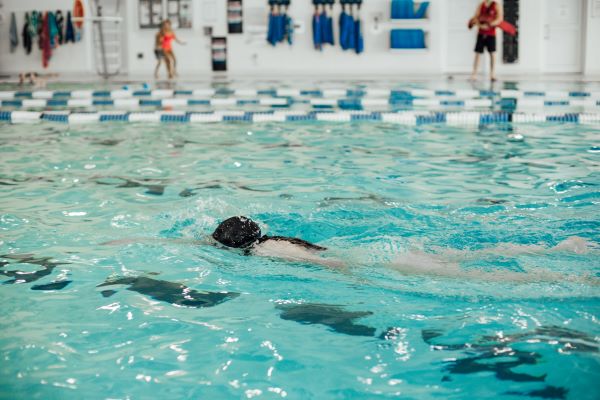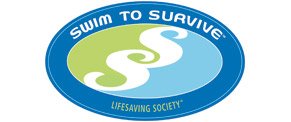


Swim to Survive
The Lifesaving Society defines the minimum skills needed to survive an unexpected fall into deep water. These are expressed in a skill sequence in the Canadian Swim to Survive standard:
Swim to Survive is aimed primarily at children, but people of all ages should be able to perform the Society's Swim to Survive standard.
Swim to Survive+
Swim to Survive+ builds on the Swim to Survive skills needed to survive an unexpected fall into deep water: ROLL into deep water; TREAD water for 1 minute; SWIM 50 m.
The Swim to Survive+ program is geared toward presenting real-life situations for children in Grade 7. The + (plus) means participants learn:

- How to ROLL, TREAD and SWIM WITH CLOTHES ON.
- How to help a friend in deep water without putting themselves in danger (TALK, REACH, and THROW).
- Basic physical fitness concepts through interval training and a fitness swim.
The Lifesaving Society developed the Swim to Survive+ program as a result of its drowning research and the Ontario Coroner's recommendation for a more advanced water safety program to ensure children graduating from elementary school have basic swimming and water safety skills.
The Society is paying special attention to the growing body of research that shows that the thrill seeking, pleasure-seeking part of the teen brain develops at a faster rate than the judgment and impulse inhibition skills that adults have. When combined with the fact that as pre-teens and teens get older, they become more independent spending more time with their friends and less time under adult supervision.
Swim at School
School presentations, held in June are conducted by the Aquatic Leader who emails local schools inviting them to participate. Tailored to different grade levels, the presentations cover essential water safety topics such as staying within arm's reach, swimming with a buddy, and wearing lifejackets. Engaging methods like songs and short stories are used for younger students (Kindergarten to Grade 3), while older students (Grades 4 to 8) learn about boat and open water safety. Activities, which may vary, include trying on lifejackets, water safety games, CPR stations, and more. These interactive sessions aim to effectively communicate important water safety messages.
School Water Safety Presentations:
If you are interested arranging a Water Safety Presentation for your school, please email the Aquatic Programmer.
Contact Us
Administration
100 Dissette Street, Unit 7 & 8, Bradford, ON, L3Z 2A7, Map this Location
Phone: 905-775-5366, Send us an email





